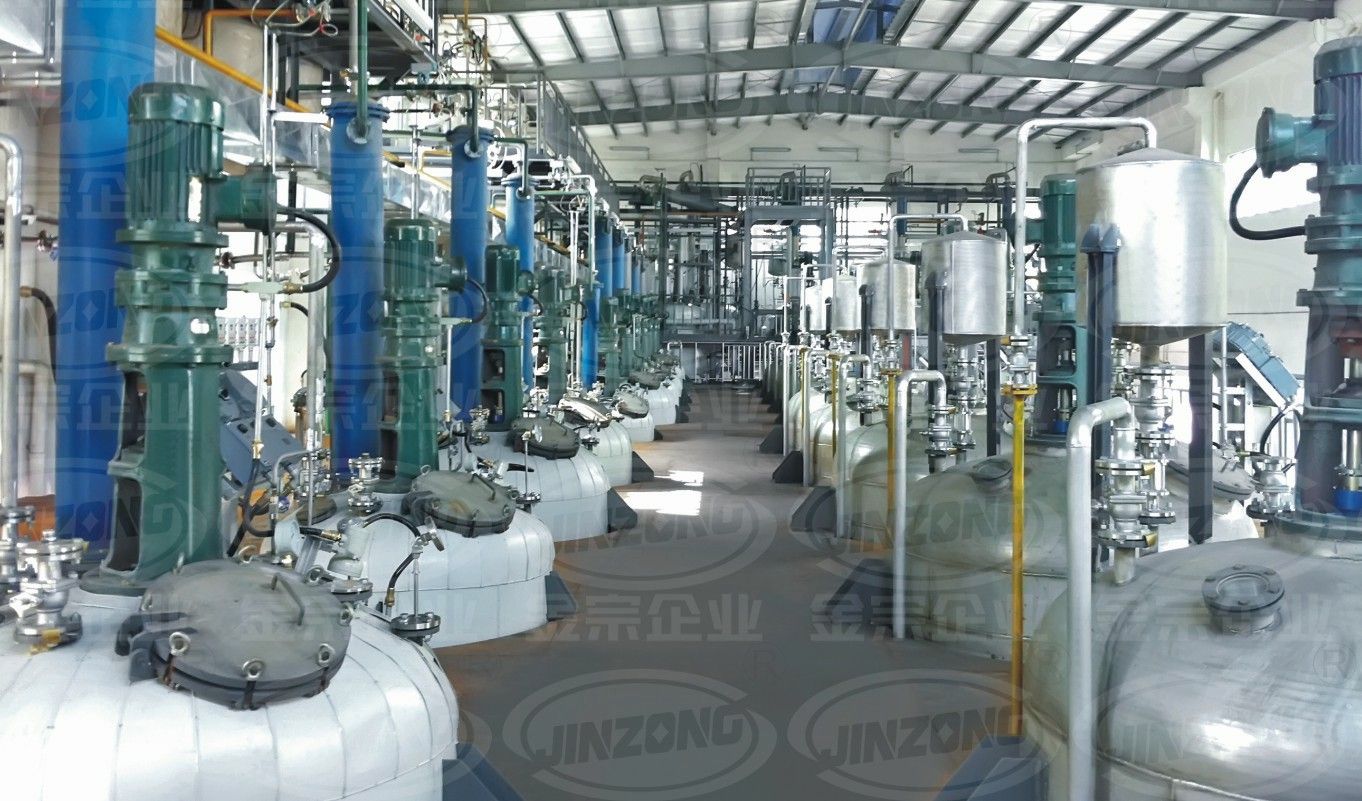As a key equipment in chemical production,the reactor is widely used in chemical,pharmaceutical,petrochemical and other industries to complete various chemical reactions processes. Due to its complex working environment, involving high temperature,high pressure,flammable,explosive,toxic and other dangerous subtances,there are many safety risks.Today, Jinzong enterprises to take you to understand the risk factors of the reactor and its emergency response measures are essential to ensure production safety.

Risk factors of Reactor
High Temperature and High Pressure:Many chemical reactions occur under high temperature and pressure conditions. Improper control can lead to equipment overpressure explosions or hot liquid splashes, causing serious harm to personnel and equipment.
Material Leakage: Failure of the reactor seal or material corrosion may lead to the leakage of toxic, harmful, flammable, and explosive materials, causing fire, poisoning, or environmental pollution.
Uncontrolled Reaction:Too fast reaction rate or side reaction may lead to a sharp rise in temperature and pressure, resulting in explosion or flying temperature accident.
Electrical accident:Electrical system faults such as short circuits and leakage can cause electrical sparks, and may cause fires or explosions when in contact with flammable materials.
Operational Errors:Human factors such as misoperation and inadequate monitoring are also important causes of accidents.
Equipment Defects: Unreasonable design, improper material selection, insufficient maintenance, etc. can all become safety hazards.
Emergency response measures
Immediately Shut Down and Isolate: Once any abnormalities are detected, all operations should be stopped immediately, the reactor should be quickly isolated, and the power and material supply should be cut off to prevent the situation from escalating.
Emergency Pressure Relief and Cooling: In case of overpressure, the safety valve or emergency pressure relief device should be immediately opened, and a cooling water system should be used to cool the reactor and control the temperature within a safe range.
Evacuation and Vigilance: According to the nature of the accident, immediately activate the emergency plan, evacuate surrounding personnel to a safe area, and set up warning lines to prevent unrelated personnel from approaching.
Personal Protection: Personnel participating in emergency response must wear appropriate personal protective equipment, such as chemical protective clothing, respirators, etc., to avoid direct contact with harmful substances.
Leakage Treatment: In case of material leakage, adsorption materials or cofferdams should be used to collect the leaked material, and corresponding neutralization, dilution or transfer measures should be taken according to the characteristics of the chemical to prevent diffusion.
Alarm and Rescue: Promptly report to the internal emergency team of the enterprise and external fire, environmental protection and other departments, and request professional support.
Accident Investigation and Summary: After the accident, organize a professional team to conduct a thorough investigation, analyze the cause of the accident, summarize experiences and lessons learned, improve preventive measures, and prevent similar incidents from happening again.
In summary, the safe operation of the reactor requires strict management systems, standardized operating procedures, regular maintenance and inspections, and an efficient emergency response mechanism. Through comprehensive management and technical means, the risks of reactor operation can be effectively reduced, ensuring production safety.
|
联系我们
全国服务热线 肇庆一分厂:广东省肇庆高新区(大旺)康泰街3号 肇庆二分厂:广东省肇庆高新区(大旺)建设路36号 E-mail: jinzong@jinzong.com.cn
|


